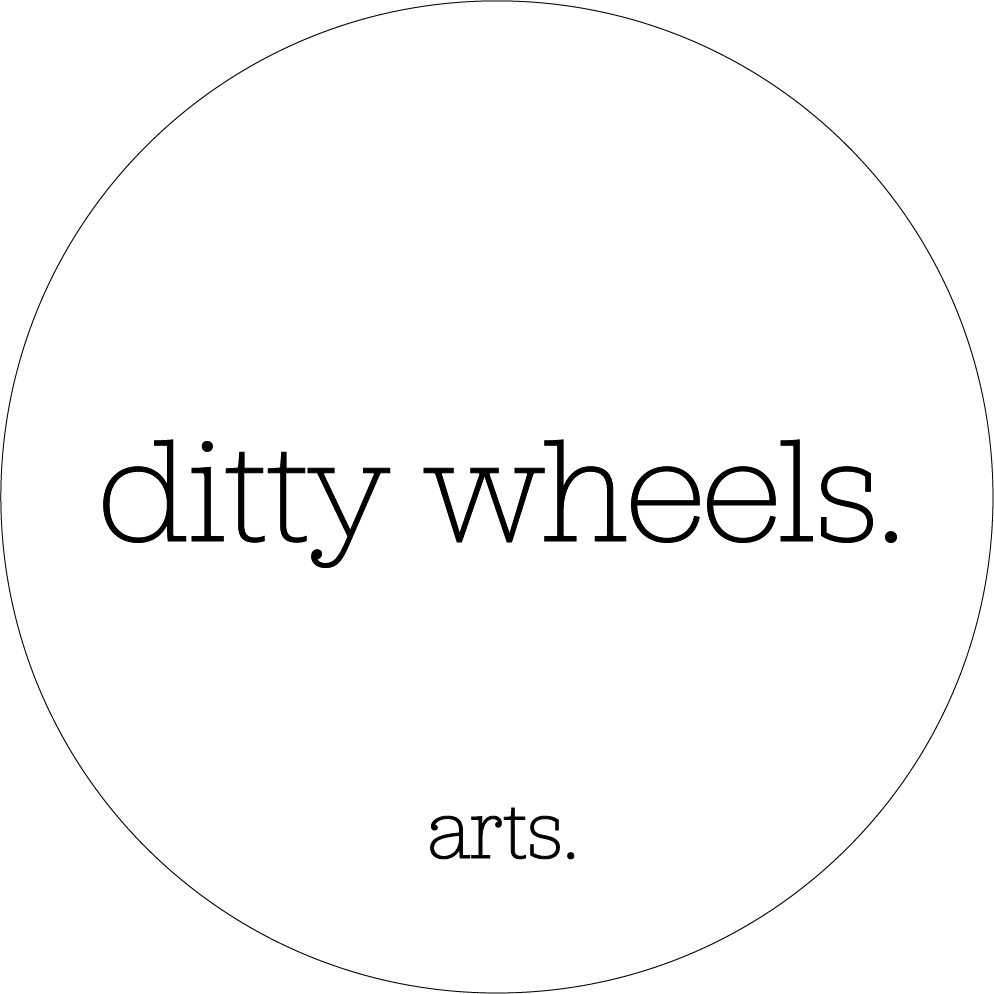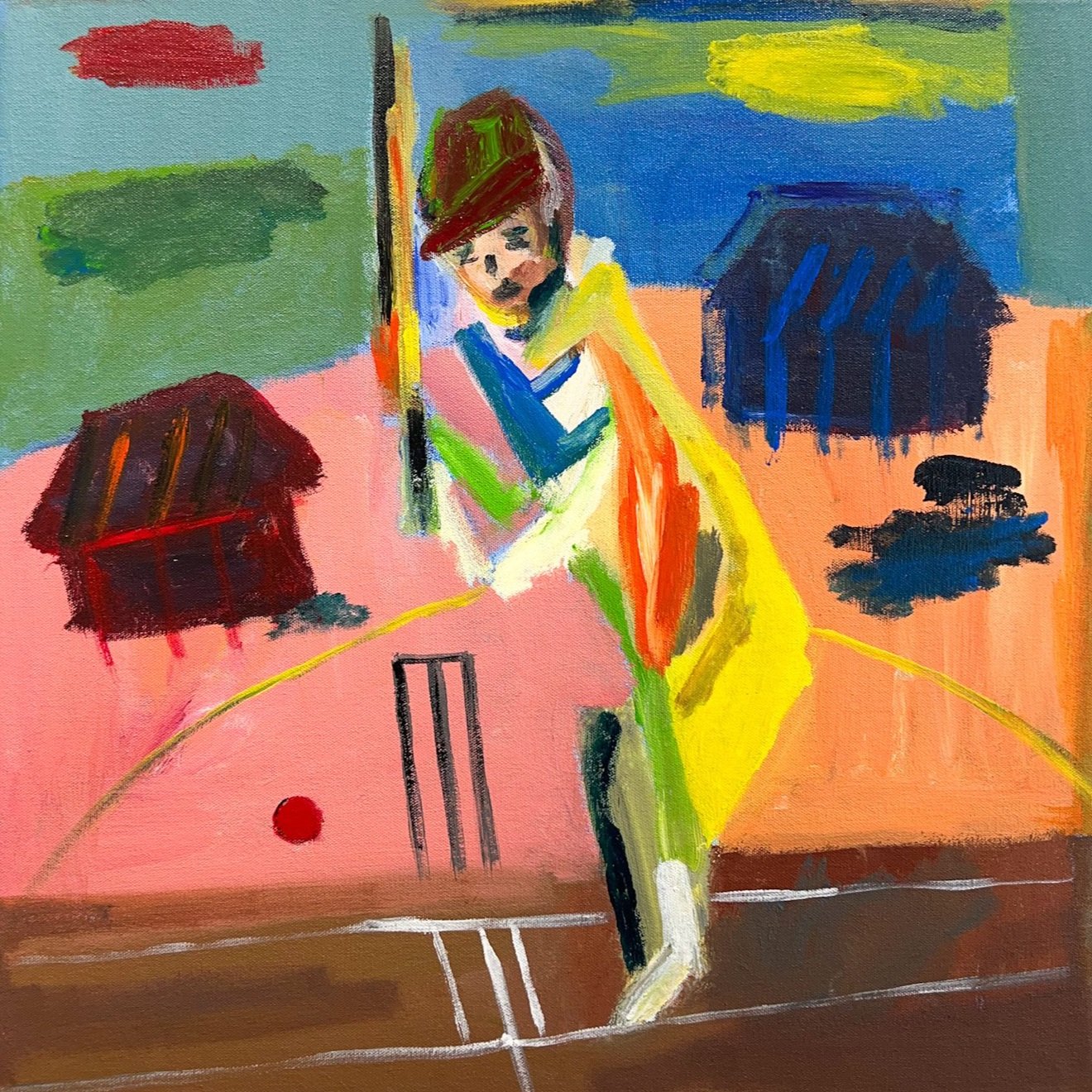Nicholas Osmond
Nicholas Osmond draws from his embedded connection to place around his home in Moree in northern NSW. Anchored by his intuitive sense of colour and guided by emotion, he works the surface to achieve a unity of colour. He sees himself as an observer, painting past and current narratives in Australian history.
The Cricketer, 555 x 560, Acrylic on Canvas, $630
Young Vincent in London, 605 x 565, Acrylic on Canvas, $630
The Lone Ranger and Tonto, 545 x 620, Acrylic on Canvas, $630
Super Man, 780 x 930, Acrylic on Canvas, $840
The Queen on Holiday, 555 x 555, Acrylic on Canvas, $630
Crossing the Mehi, 585 x 565, Acrylic on Canvas, $630
Sylvia - 500 x 455 - Acrylic on Canvas - $630
Vincent - 535 x 580 - Acrylic on Canvas - $630
Nicholas Osmond Interview
When did decide to become an artist and why?….
I have been painting for 8 year starting in April 2014. It was not a conscious decision but I feel that it has been coming for a very long time. I ruptured by achilles tendon and couldn’t work for three months and when I went back to work I ruptured it again. My friend James Kearns who is an artist was staying with me in Moree at the time and he was the catalyst for me to get into painting.
I noticed that your artwork is reminiscent of 60/70s popular childhood narratives, wonder-woman, the longe ranger and toto - what influenced this choice in subject matter?
It is more about inverting these popular narratives and adding a Punk underlay to icons. It started with The Queen which was really popular and then I branched out to other characters like Miss Piggy and Kermit etc. This guy from New York commented on my instagram five or six years ago ‘that painting of Kermit and Miss Piggy is really messed up’ (laughs). The fact that people like them is so out of the blue, I had no idea that people would like them. They are pretty messed up - the Queen looks very masculine in my paintings.
People from the country who buy my Queen paintings are relatively conservative and they think that they are just buying a picture of the Queen (laughs). I feel that people buy them for the colours but they don’t comment on the fact that the subject is very distorted and broken down. There are certain colours that I use based on the subject matter and I am mainly concerned with how the colours come together. For example, the Queen always has to look really benign and with a real sense of resignation on her face so she is always looking super Plain Jane.So there are certain guidelines but it is pretty open slather.
Talk to us about the process of your painting, when you sit in front of a blank canvas. (do you come to the canvas with an idea or do you wait till you are in front of the canvas to come to an idea
It has definitely evolved over time as I am a self taught artist. As time went by I felt I needed to put more into the pictures and they had to be more considered and have more paint. Currently in my practice it is more about preserving and enhancing key elements that come out in initial drawings. As it starts to develop it is about how two or three basic colours begin to align, and that creates the whole painting. On a good day it comes together in about 20 minutes. It is about preserving and finishing it off into a final product based on those initial 5 minutes. It can take up to an hour to get to a semi finished state and then I put it aside and fine tune it over the next day.
I am inspired by artists like Sidney Nolan and Adam Cullen who paint very quickly. I suppose they have this preexisting sense if what makes them happy in an image and it just pops out. That is what I am looking for. There was a problem I was dipping into a couple years ago where my work became quite considered and my work was getting really bogged down.
At this stage I am just concerned about getting to my final style. I will probably get to a point where I have fully refined my style, but I haven’t quite reached that yet.
How has your environment, being your home in Moree and perhaps other various places, influenced your practice?
Yes, I have only really painted in my home in Moree. I lived up in the Northern territory for 6 months in an Aboriginal community up there which was quite different. That place really effected me and other artists that have been there will say the same as well. The energy was going out of my work up there for some funny reason. Here in Moree my studio us really close to my kitchen so I can literally drift in and paint at any time of the day which is very sympathetic to my style, I can just get straight back into it.
Colour is a massive part of your practice, you use bold colours that have a unity on the picture plane. Could you speak on how colour impacts your practice.
You would probably be shocked but often I put every colour I have out which would be about eight colours. I start working on certain features of the face and the body. I will find the eyes and nose and a persons neck and then I just start working around that. When things start to pop out I preserve that. If it isn’t working I will just paint over what I have already done and change things very quickly and use opposite colours.
A friend I have who is not a painter said ‘its like you’re doing a jig saw puzzle’ and it is a bit like that, that’s my style. I was kind of born with this sense of how I wanted things to be which makes it so hard. I have painted over so many pictures in the past which people say I shouldn’t do, but that is what I am happy with.
Looking back on your career choices I’ve read about - nursing, horticulture and your studies of roman and greek literature - how have these lead you or influenced to becoming a painter.
Oh, I probably don’t have that much control over my life. There are more life experiences that have happened in the last 10-15 years, like my marriage breaking down and stuff with my family, that have had more of an impact. I grew up in quite a remote sheep station up near the Queensland border. That kind of context either gives you a reason to stay or you go explore the world. A lot of people who go explore the world come back in their 30s. Going to Sydney Uni and styling there was a part of me getting out. Nothing really lead from A to B.
I kept starting Tafe courses and dropping out which happened about three of four times. I did pottery, drawing and painting courses. I dropped out of all four courses I took because it wasn’t how I could be taught. They basically say ‘draw a butterfly’ which wasn’t what I wanted. The initial period of absorbing Sidney Nolan and Adam Collins paintings as well as Goya’s horror painting is really how I taught myself.
You’ve spoken about having Paul Gauguin, and Francis Bacon as influences, are there any contemporary artists that you admire or is it mainly the old masters?
Yeah! Cecily Brown,Tracey Emin, the American painter Henry Taylor and Ben Quilty. I look through Art Collector as well. I am really drawn to Henry Taylors sense of narrative and his repetition of colours. He doesn’t need to use that many colours to get his paintings across. As someone who has not studied art, I think it's important to know your limits. With people like Cecily Brown you can see how abstraction and human narrative can work together which is important to know. Joe Furlonger is pretty much a landscape painter but his figurative work is a cross between Nolan and Colin in its abstract human representation. When I see something I really like I zoom in on it. I have it all categorised in my brain.
Continue the phrase - I would never paint…
I would never paint an over the top icon, like The Beatles, or The Rolling Stones or Andy Warhol. There is something about those people. I guess I would never paint universal images of popular characters; like I would never want to paint John Lennon.
Interview by Lucy Abroon









